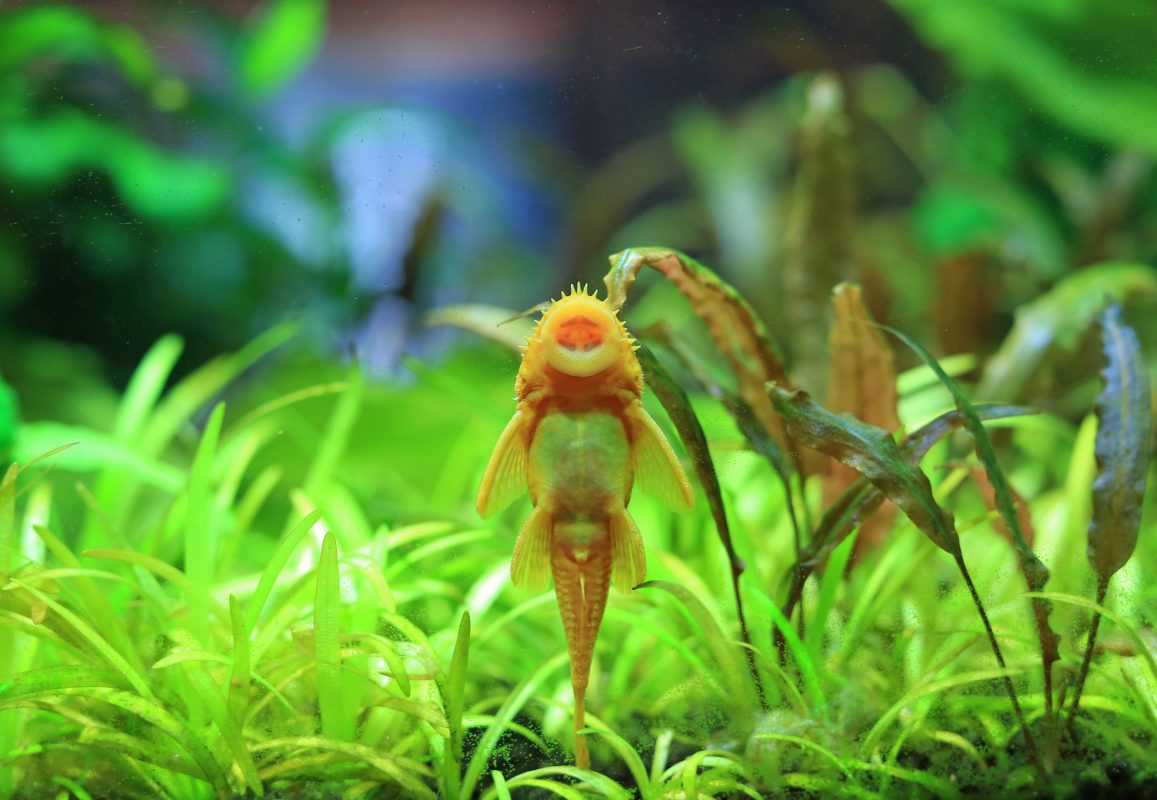Algae is the simplest form of plant life, but its lack of complexity is often its strong point as it allows it to respond rapidly to a shift in water conditions meaning that a ‘bloom’ of algae can happen quickly. Let’s first look in more detail at the two nutrients that help algae thrive. By understanding where these nutrients come from, we can control them and prevent algae being a problem in your pond and aquarium.
Although plant life needs many nutrients to grow, there are three key nutrients that enable algae to flourish. Nitrogen and Phosphorous are at the top of the list and are big triggers of algal growth.
Sources of Nitrogen
The principal source of nitrogen in your pond comes from waste ammonia, which is caused by fish excretions and from the breakdown of organic matter. Nitrogen also enters our pond water through tap water, and as many parts of the country now suffer from high levels of nitrogen due to agricultural fertilisers, controlling the levels in your aquarium or pond is more important than ever. By using Tetra AquaSafe, you can be sure that your fish are protected from any harmful substances in tap water.
Phosphorus in your water
Phosphorus will cycle through numerous forms in the water, none of which are toxic to fish at normal levels. Dissolved Inorganic Phosphorus (DIP), Dissolved Organic Phosphorous (DOP), and Particulate Organic Phosphorus (POP) are the most abundant forms and are also known as Orthophosphate, reactive phosphate and phosphate. Here the phosphorus is dissolved in the water body usually as PO43-, H2PO4– or HPO42+. The acidity of the water determines the proportion of these phosphorus species in the water.
One of the main inputs of phosphorus in the water is fish food. Artificial diets like flake and pellet foods have a phosphorus concentration in the region of 1%, so after each feeding session, the amount of phosphorus cycling in the aquarium will increase. The nutrient is also excreted by animals and plants as they metabolise. Another significant source of phosphorus into the water is the rupture of dead cells. Fish will be constantly sloughing dead cells into the water, plants will release dead tissues into the water, where the cells will again rupture and release their contents.
Controlling these nutrients in your aquarium and pond
The key to controlling levels of Nitrate and Phosphate in the aquarium and pond is to minimise the inputs and maximise the outputs. As mentioned above, nitrate and phosphate enter the water primarily due to the breakdown of your fish’s waste, so limiting the numbers of fish and the food fed will limit the nutrient levels in the water – but where is the fun in that!
In aquariums, regular ‘hoovering’ of the gravel and cleaning of sponges in filters will flush both fish and organic waste down the drain where it cannot pollute the tank water. Remember, nitrate also enters the system through tap water, so if levels are high in your area, consider installing a nitrate specific anion exchange filter or reverse osmosis (RO) unit.
As well as lowering inputs, another way to lower these levels in the tank is to amplify the pathways by which they naturally leave the tank. As mentioned, all plants need nitrogen and phosphorous to thrive, so increasing the level of aquarium plants will deprive the algae of spare nutrients and it will not be able to grow.
Another pathway by which nitrogen may leave the aquarium is through bacterial denitrification. The nitrogen cycle sees bacteria that live in oxygen-free environments using nitrate as an oxygen source. These oxygen free pockets can be found deep in the aquarium gravel. Tetra’s EasyBalance relies on these bacteria to lower the nitrate level of the aquarium, whilst reducing cleaning efforts and keeping fish and plants in top condition.
Liquid additives can also be very effective at removal of phosphates from aquarium water, Tetra PhosphateMinus can remove 2 mg/l of phosphate when used as instructed and will cause no water clouding, KH reduction or pose any threat to aquarium inhabitants. Phosphate removing chemical filter media are also very useful in removing DIP from the aquarium or pond. These rely on a natural attraction for negatively charged phosphate (PO43-), to positively charged molecules such as aluminium or iron.
When it comes to pond algae, there are some fast solutions on the market to target both floating and pond algae, such as Tetra’s AlgoRem and AlgoFin water solutions, which provide effective and safe treatment for persistent blooms.
Overall, there are many ways to attack aquarium or pond algae, but the most successful and sustainable strategies place nitrate and phosphate reduction at the heart of the approach.

